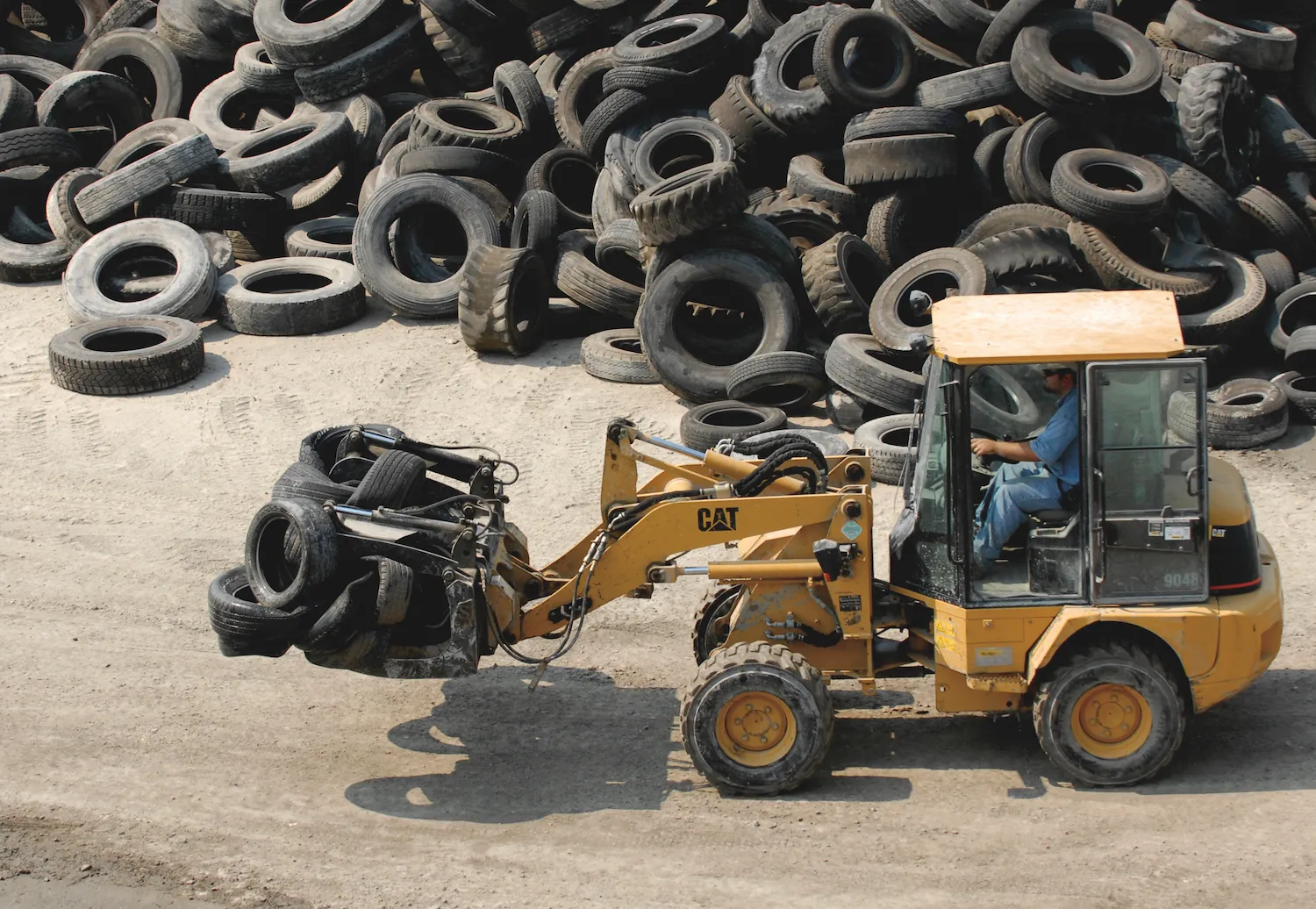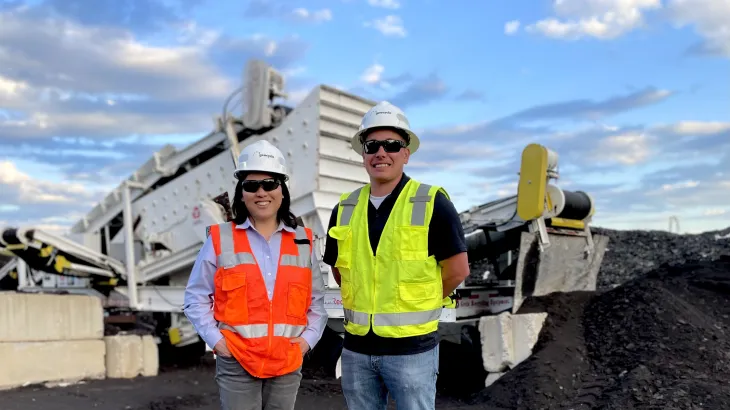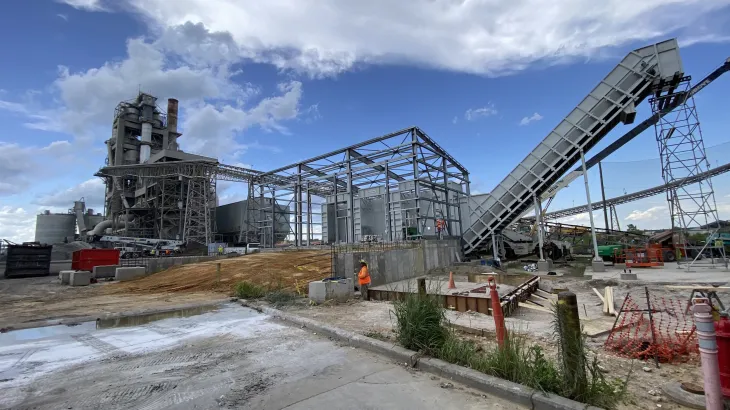Holcim is a world leader in recycling to build better with less to stay within our planet’s boundaries. This commitment to green construction means that we become true partners with our customers and communities in helping make a significant impact on global sustainability.
Diverting Used Materials from Landfills
Across our Holcim US business, we recycle materials, from plastics to minerals, into new building solutions, like concrete with construction and demolition byproducts inside. Replacing natural building materials with recycled ones can significantly reduce CO2 emissions from cement and concrete production and divert from landfills. Below are some of the materials we reuse to make a difference in our communities.


Transforming Waste into Recycled Build Materials
What does green construction mean at Holcim? Across our business, we recycle construction and demolition material, plastics, materials from other industries and more into new building solutions and sources of energy.

Geocycle is Holcim's dedicated recycling business.

“To us, the world needs to look at how we approach recycling. Recycling building materials can power our world and create value. Collaboration, creative thinking and open-mindedness are the bedrocks for developing workable, sustainable and impactful solutions.”
Low-Carbon Products
Our clients are looking for more sustainable products and Holcim US provides several reduced and low-CO2 options for blended cement and concrete.











